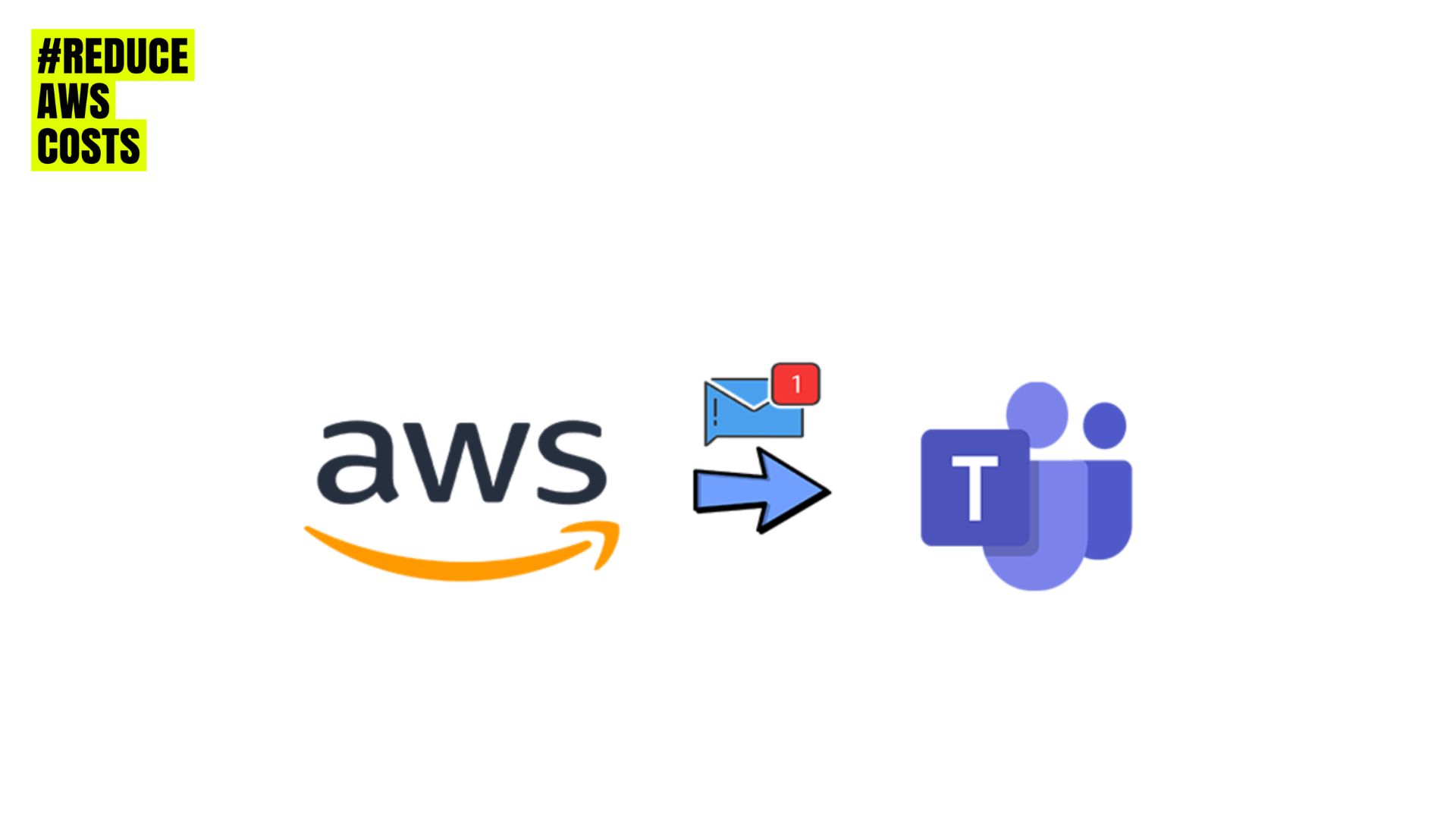Amazon Simple Storage Service (Amazon S3 infographics) is a versatile and scalable storage solution designed to accommodate the diverse needs of businesses in managing their data. Amazon S3 offers a range of storage classes, each tailored to specific use cases and optimized for different performance, durability, and cost requirements. This post aims to explore the various Amazon S3 Storage Classes, shedding light on their features, benefits, and how businesses can optimize their data storage strategy.
Understanding Amazon S3 Storage Classes
These are a set of storage options within Amazon S3, each designed to deliver varying levels of performance, durability, and cost efficiency. These classes allow users to choose the most suitable storage solution for their data based on factors such as access frequency, retrieval speed, and budget considerations.
Key Storage Classes and Their Features
1. Standard
- Use Case: Frequently accessed data.
- Features:
- High durability and availability.
- Low-latency access.
- Suitable for a wide range of use cases, including big data analytics, mobile and gaming applications, and content distribution.
2. Intelligent-Tiering
- Use Case: Variable or unknown access patterns.
- Features:
- Automatically moves objects between two access tiers (frequent and infrequent) based on changing access patterns.
- Optimizes costs by charging users only for the storage they use.
3. Standard-IA (Infrequent Access)
- Use Case: Infrequently accessed data with rapid retrieval requirements.
- Features:
- Lower storage cost compared to Standard.
- Suitable for backups, disaster recovery, and long-term storage with occasional access.
4. One Zone-IA
- Use Case: Infrequently accessed data that can be recreated.
- Features:
- Cost-optimized by storing data in a single availability zone.
- Suitable for secondary backup copies, easily reproducible data, and non-critical workloads.
5. Glacier
- Use Case: Archival data with long-term retention requirements.
- Features:
- Very low storage cost.
- Suitable for data archiving and compliance.
6. Glacier Deep Archive
- Use Case: Long-term data retention with less frequent access.
- Features:
- Lowest storage cost within Amazon S3.
- Suitable for data that is rarely accessed and can be stored for several years.
Best Practices for Utilizing Amazon S3 Storage Classes
1. Understand Access Patterns
- Analyze the access patterns of your data to choose the most cost-effective storage class.
2. Leverage Intelligent-Tiering for Dynamic Workloads
- Use Intelligent-Tiering for data with changing access patterns to automatically optimize costs.
3. Balance Cost and Durability
- Choose the storage class that strikes the right balance between cost efficiency and data durability based on your specific requirements.
4. Optimize for Backup and Archival
- Utilize Standard-IA, One Zone-IA, Glacier, or Glacier Deep Archive based on the access frequency and durability needed for backup and archival data.
5. Implement Lifecycle Policies
- Employ Amazon S3 Lifecycle policies to automatically transition objects between storage classes based on predefined criteria.
Conclusion: Crafting an Efficient Data Storage Strategy with Amazon S3 Storage Classes
In conclusion, these provide a spectrum of options for organizations to tailor their data storage strategy based on performance, durability, and cost considerations. By understanding the characteristics of each storage class and aligning them with specific use cases, businesses can optimize their data lifecycle management. Embrace Amazon S3 Storage Classes as a versatile toolkit for crafting an efficient and cost-effective data storage strategy in the cloud.




